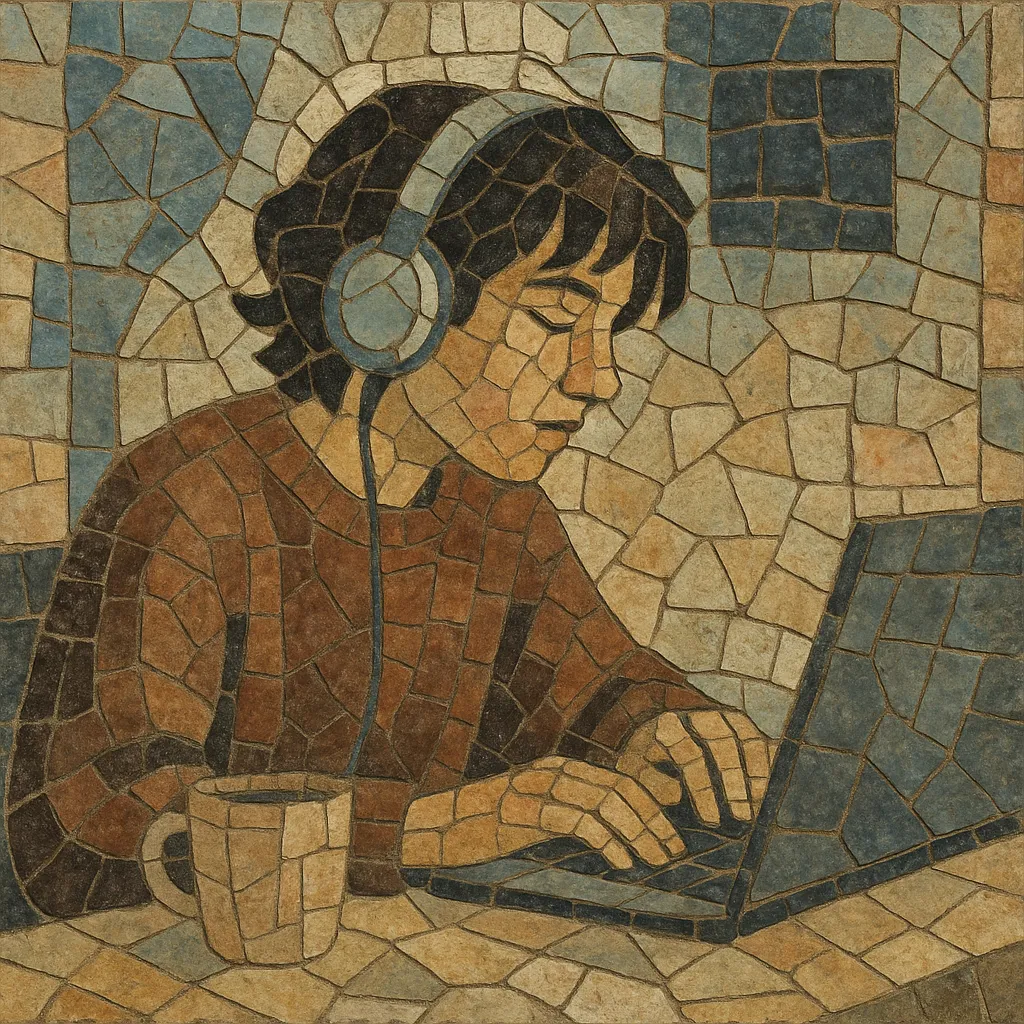Lo-fi is a music aesthetic and genre defined by an embrace of audible imperfections—tape hiss, clipping, room noise, distorted transients, and uneven performance—that would be treated as errors in high-fidelity recording.
Emerging from the DIY ethos of American indie and punk scenes, lo-fi turns budget constraints and home-recording limitations into a signature sound. Songs are often intimate, direct, and unvarnished, prioritizing immediacy and personality over polish.
Typical lo-fi recordings use 4-track cassette or similarly modest setups, simple chord progressions, and understated vocals, spanning rock, folk, pop, and experimental approaches while retaining a homemade warmth and nostalgic patina.
The lo-fi sensibility arose from home-recording pioneers who worked outside professional studios. In the late 1970s and early 1980s, artists such as R. Stevie Moore and early cassette-culture musicians proved that affordable gear (notably the Tascam Portastudio) could capture fully realized albums at home. Fanzines, mail-order cassette networks, and college radio amplified this grassroots movement.
By the late 1980s and 1990s, lo-fi coalesced into a recognizable indie subculture in the United States, centered around labels and scenes (e.g., K Records in Olympia). Acts like Beat Happening, Sebadoh, Guided by Voices, Pavement, Daniel Johnston, and Jandek popularized a sound where rough edges were not only tolerated but sought after. The aesthetic’s hallmarks—audible tape hiss, unfiltered vocals, and uncorrected “mistakes”—became badges of authenticity.
With digital audio workstations, lo-fi techniques shifted from necessity to choice. Artists like The Microphones/Phil Elverum and Smog evolved the language, mixing intimate songwriting with textural experimentation. Lo-fi’s ethos seeded multiple scenes: bedroom pop, chillwave, hypnagogic pop, and later vaporwave and lo-fi house/hip hop, each borrowing the warmth, nostalgia, and informality of lo-fi’s recording approach.
Lo-fi remains a creative stance as much as a sound. Whether tracked to cassette or simulated with plugins, its imperfect textures, modest arrangements, and diaristic lyrics continue to shape independent rock and folk while informing the ambiance-forward worlds of lo-fi hip hop and related microgenres.


